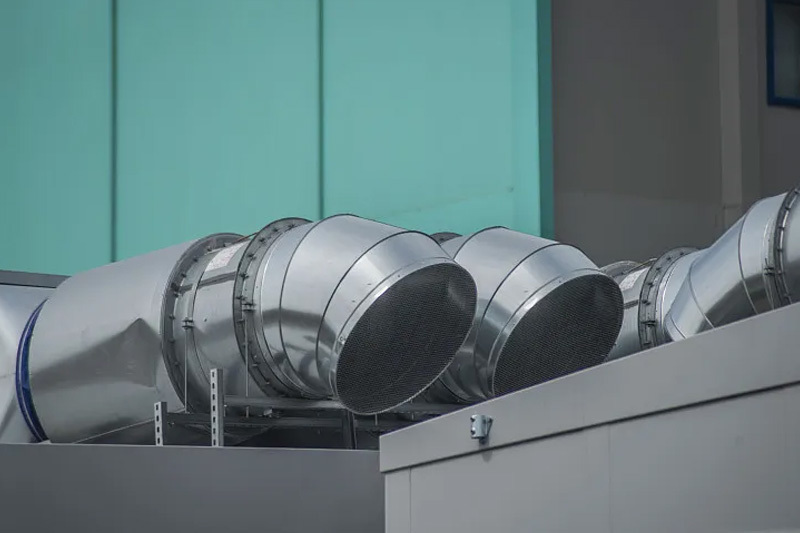Key Points for the Design and Selection of Glass Wool Products
Release time:
2025-02-12
Moisture has a highly migratory characteristic in mineral wool insulation materials, and the inherent looseness of its products can lead to high air permeability. Therefore, when selecting mineral wool products, one should consider their moisture migration, air permeability, compressibility, and durability.
1) Moisture has a highly mobile characteristic in mineral wool insulation materials, and the inherent looseness of its products can lead to high air permeability. Therefore, when selecting mineral wool products, one should consider their moisture migration, air permeability, compressibility, and durability.
3) Reliable anti-permeation measures should be taken for exposed insulation layers on ventilated roofs and walls with cavities on both sides of the insulation layer to ensure that their insulation performance does not significantly decline.
4) Due to the highly mobile characteristic of moisture in mineral wool insulation materials, liquid water can quickly drain from the bottom of vertical building components (such as exterior walls), and temporary dampness will not significantly affect the insulation performance of the components. However, it may have an impact on horizontal building components (such as flat roofs).
5) Within the commonly used density range, the thermal conductivity of mineral wool products does not significantly change with density. However, the thermal resistance of mineral wool products is proportional to their thickness. It can be seen that compression caused by load, long-term compression creep under sustained load, and settlement over long-term use can all lead to a decrease in thermal resistance.
6) The durability of mineral wool products mainly involves compression creep, settlement, and deterioration due to moisture, and these changes will directly affect their insulation performance.
: Next Page




